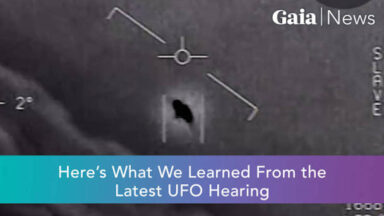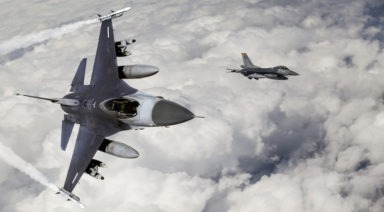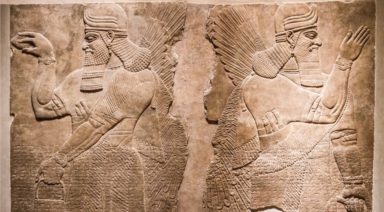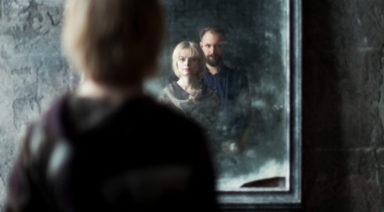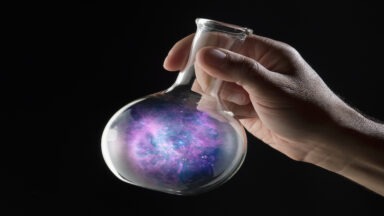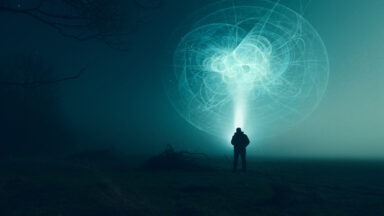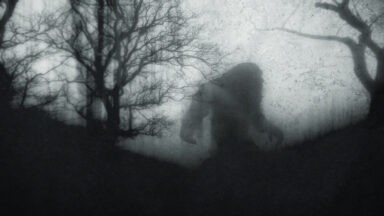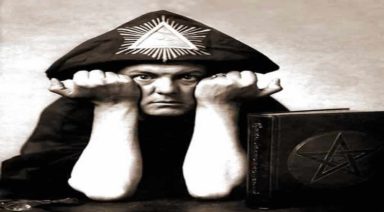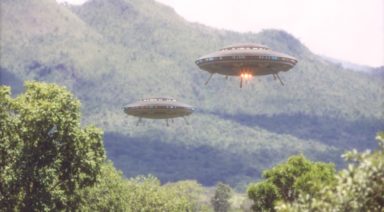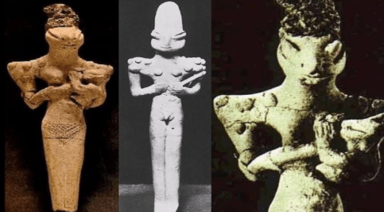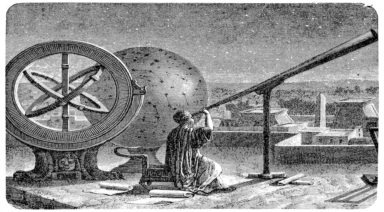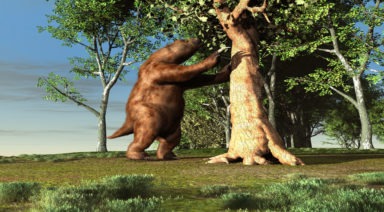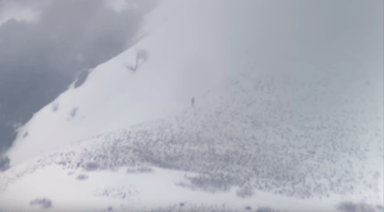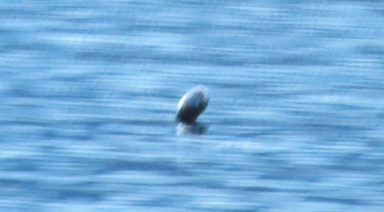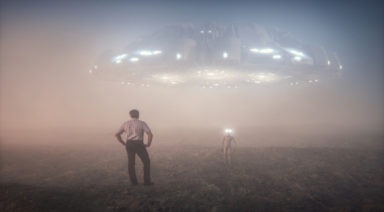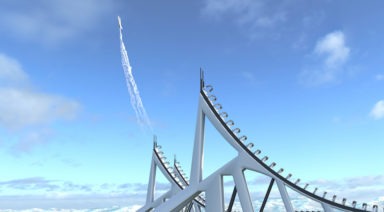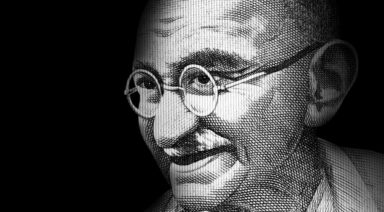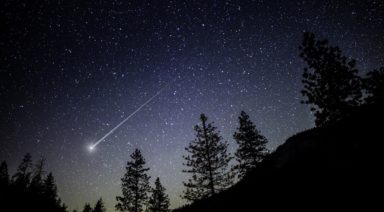Luis Elizondo Says UFO Anti-Gravity Technology Almost Understood
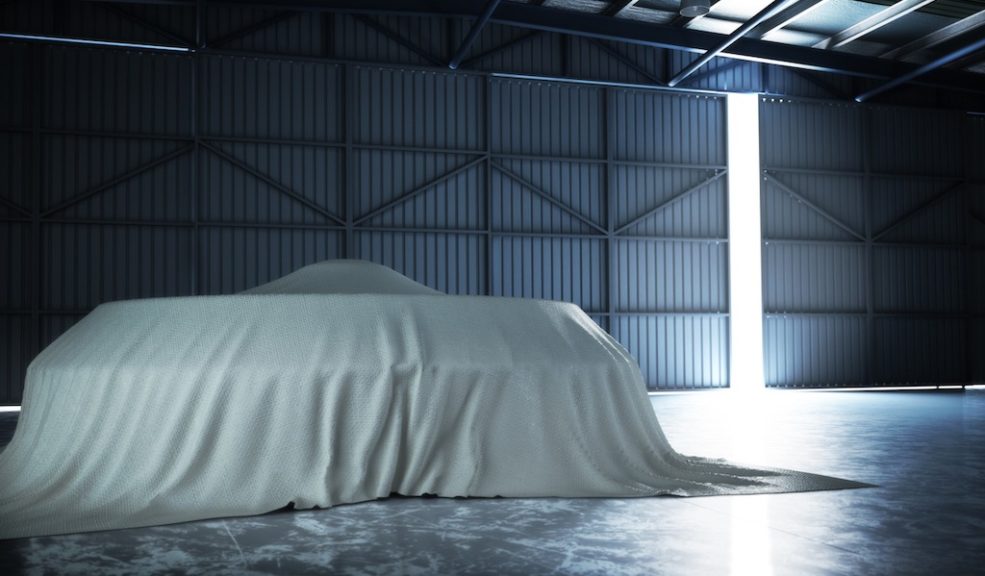
Luis Elizondo, the former Pentagon intelligence official in charge of the Advanced Aviation Threat Identification Program, says he believes his team is close to understanding the physics involved in recently witnessed UFO technology.
Elizondo has alluded to the idea that his team, consisting of a cadre of former military contractors, physicists and engineers, is on the precipice of building aerospace technology that can potentially warp space-time.
Elizondo was recently interviewed by investigative journalist George Knapp, a host of Coast to Coast Radio and anchor for Las Vegas KLAS-TV’s Channel 8 news. During the interview, Elizondo claimed that the research group he’s working for, To The Stars Academy, is in the process of recreating the exotic technology seen in military videos of purported UFOs.
“We do believe all these observables we’ve been seeing, sudden and extreme acceleration, hypersonic velocities, low observability, trans-medium travel, and last but not least, positive lift, or anti-gravity – is really the manifestation of a single technology,” Elizondo said. “So, it’s not five exotic technologies we’re trying to figure out, it’s one, and we think we know that one too.”
One of Elizondo’s colleagues is Dr. Hal Puthoff, a physicist and former CIA contractor hired for the Stanford Research Institute’s study of psychic phenomena in the ‘80s. Puthoff wrote the initial proposal that led to the approval of government funding for billionaire aerospace entrepreneur, Rob Bigelow, to allegedly store and study materials collected from UFOs.
Puthoff said he commissioned 38 different scientific papers studying the technology, in an attempt to develop exotic propulsion systems, including something called space-time metric engineering – a technology that can create space-time bubbles in order to defy the traditional constraints of physics.
“It has to do with a high amount of energy and the ability to warp space-time, not by a lot just a little bit,” Elizondo said.
Last month, former CIA Director, John Brennan, answered questions about UFOs in a press briefing when asked about the New York Times exposé on a $22 million Pentagon black budget program to study unidentified aerial phenomena. Brennan acknowledged the presence of UFOs, simply stating that they were unexplained and that the Pentagon was looking into them to assess whether they could be a threat to national security.
Meanwhile, To The Stars Academy says it plans to disclose more evidence in the near future related to the phenomena. Steve Justice, the former Program Director for Advanced Systems at Lockheed Martin’s Advanced Development Programs, is working with To The Stars Academy to supposedly reverse engineer this technology and develop a prototype of their own.
The group has hinted at a release of the technology at some point in the future, though there hasn’t been much word up until Elizondo’s recent interview.
“It’s no longer an if question,” Elizondo said. “It’s a when question.”
New Legislation Could Open Floodgates of Government UFO Reports

The US government just made it easier to report UFOs, possibly releasing people from non-disclosure agreements. Will this open the floodgates of information?
As part of the annual defense spending bill, within the National Defense Authorization Act for 2023, the House just approved an amendment that would make it easier for current or former members of the military, government-employed civilians, and contractors to report UFOs or UAPs as the government now calls them.
The measure was sponsored by Reps. Mike Gallagher of Wisconsin and Ruben Gallego of Arizona, who have been among those in Congress calling for more transparency into UFOs.
The amendment would create a secure system for reporting any UFO phenomena and protect those who come forward from any repercussions.
Gallagher told Politico, “I believe it’s possible that folks may be precluded from being fully transparent with congress due to their being bound by non-disclosure agreements… if that’s true, I want to make sure that there’s no technical reason preventing them from speaking to us.”



